Why Need to Polish Stainless Steel Pipes?
1. Aesthetics: Polishing leaves stainless steel tubing with a bright, appealing look by producing a smooth, reflecting surface. In aesthetically appealing fields like architecture, interior design, and automobile applications, this is crucial.
2. Corrosion resistance: The polishing process aids in removing surface contaminants like dust, oil, and oxides that can cause corrosion. The polished surface of stainless steel tubes increases their resistance to corrosion and oxidation by removing these contaminants.
3. Sanitation and Cleaning: Polished stainless steel pipe is easy to clean and maintain due to its smooth surface. Polished steel pipe is appropriate for food processing, pharmaceutical manufacturing, and other sanitary conditions because there are no imperfections or roughness, making it harder for dirt, bacteria, and other contaminants to stick to the surface.
4. Better flow characteristics: Polished surfaces lessen the chance of particle buildup and friction, both of which can obstruct fluid flow through the pipe. The polished surface of stainless steel pipe increases the efficiency of fluid transfer, making it suited for applications in the plumbing, HVAC, and fluid handling systems industries.
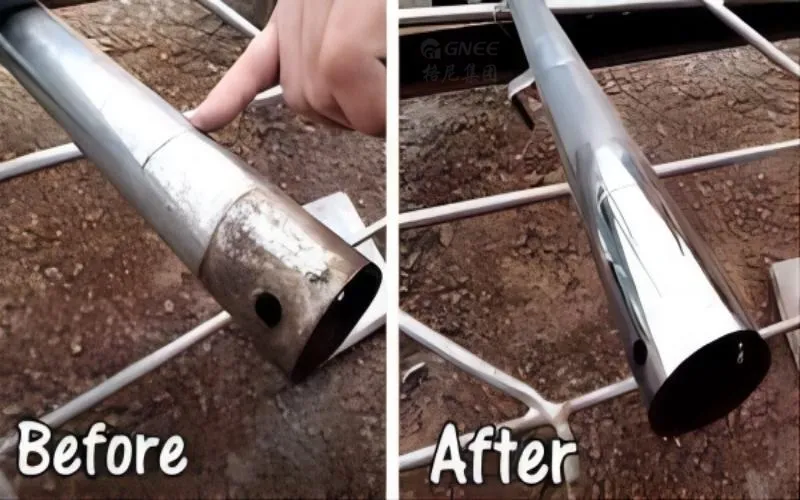
Procedures to Polish Stainless Steel Pipes?
Step 1: Clean the Pipes
Make sure your stainless steel pipe is as clean as possible before polishing it. Start by cleaning the pipe with hot, soapy water using a soft cloth or sponge. If the pipe has rust spots or difficult-to-clean places, use a brush or scraper. After the pipes have been cleaned and dried, you can move on to polishing.
Step 2: Pipe Polishing
Using a soft cloth or polishing pad, apply metal polish to the stainless steel pipe’s surface. Your choice of polish will depend on the state of the pipe; for instance, if it is severely tarnished or discolored, you might need to use some of the more abrasive cleansers. Use a gentle cleanser for minor tarnishing or discoloration. After that, polish the entire surface using small circular strokes.
Step 3. Polishing the Residue
To guarantee that the stainless steel tube receives an even sheen after polishing, wipe off the polishing residue with a different clean cloth after varnishing. Use caution when polishing to prevent harming the steel pipe’s surface with excessive force. The work is finished after polishing the residue.
Step5: Cleaning and Inspection
Look for any lingering blemishes or scratches on the surface. Repeat the polishing procedure as necessary to further enhance the surface.
Are There Ways to Polish Stainless Steel Pipes?
Hand Polishing
Using hand tools or applicators, hand polishing is a manual process for polishing a surface. To obtain a smooth and shining finish, it entails applying a polish, cleanser, or abrasive to the surface and then rubbing it in circular or back-and-forth motions.
Hand polishing allows for targeted polishing and the efficient removal of minor defects, scratches, or swirl marks. It is frequently used for undertakings that demand a high degree of accuracy and control, such as automotive detailing and jewelry manufacturing. Additionally, it can be used on natural stone, stainless steel pipes, and auto paint.
Different materials and tools, including soft cloths, sponges, foam pads, and specialty hand polishing applicators, can be used for hand polishing. The exact surface being polished and the desired outcomes will influence the tools and products that are chosen.
Compared to machine polishing, hand polishing can produce satisfactory results but may take more time and effort. Power tools and rotary pads are used in machine polishing, which frequently produces better results on bigger or more severely damaged surfaces. However, for smaller or sensitive surfaces that require a more regulated approach, hand polishing is still an effective choice.
It is significant to remember that hand polishing depends on the state of the surface as well as the polisher’s ability and technique. To get the results you want, you might need to practice and experiment.
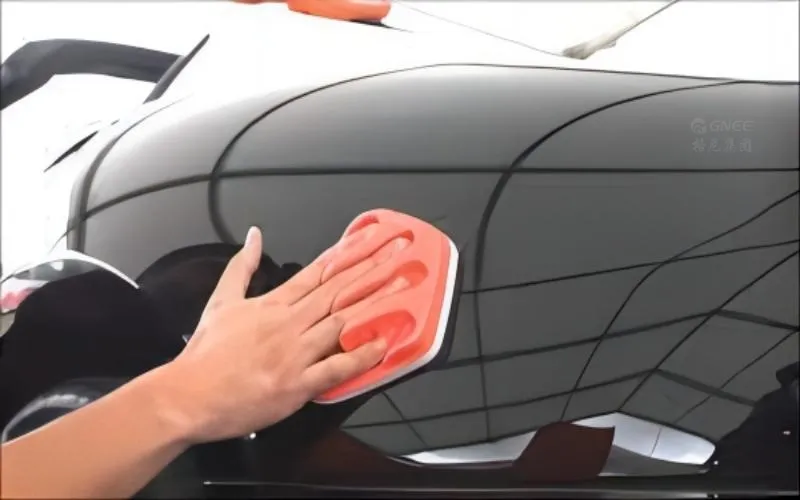
Mechanical Polishing
For processing, mechanical polishing methods use polishing wheels or polishing belts. The polishing belt uses the abrasive in the polishing agent to grind and polish the stainless steel tube surface to enhance the smooth polishing effect.
Less than 0.4 m mirror luster can be achieved with mechanical polishing. Hard polishing wheels or polishing belts can be used to polish components with simple shapes, and soft polishing wheels can be used to polish components with a high level of intricacy. Batch lighting, which can be further separated into rolling illumination, vibrating machine lighting, centrifugal machine lighting, rotating lighting, and other techniques, is used to light up large numbers of small parts.
It is also challenging to polish a rough surface because there is little mechanical polishing on the stainless steel tube’s surface. Currently, the pre-grinding process must be carried out. Rough, medium, and fine grinding is accomplished utilizing grinding wheels and polishing belts bathed in slurry. After grinding, the surface roughness of stainless steel tubes can reach 0.4 m. Sandblasting shot blasting, steel wire brushing, and other surface treatment techniques can also be used to fulfill various customized needs, such as rust removal, deburring, slag removal, or matt finish.
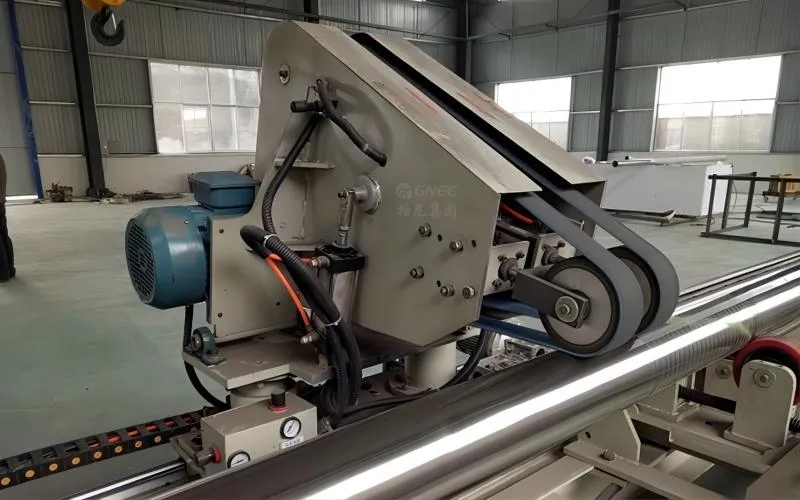
Chemical Polishing
Stainless steel tubes and other components are submerged in a suitable solution during chemical polishing. The surface of the stainless steel pipe can be smoothed out for polishing purposes because the solution will dissolve the protrusion on the surface more quickly. Chemical polishing typically only marginally increases brightness and has poor polishing ability. The chemical polishing approach, however, is more labor- and time-efficient than the mechanical polishing method and can even handle the inside surface of small objects.
There are various locations where the chemical polishing process needs attention. Pre-polishing is better suited to chemical polishing because it is quicker but produces a subpar finish. Chemical polishing promotes surface activity, and to assure corrosion resistance, the work surface must be passivated.
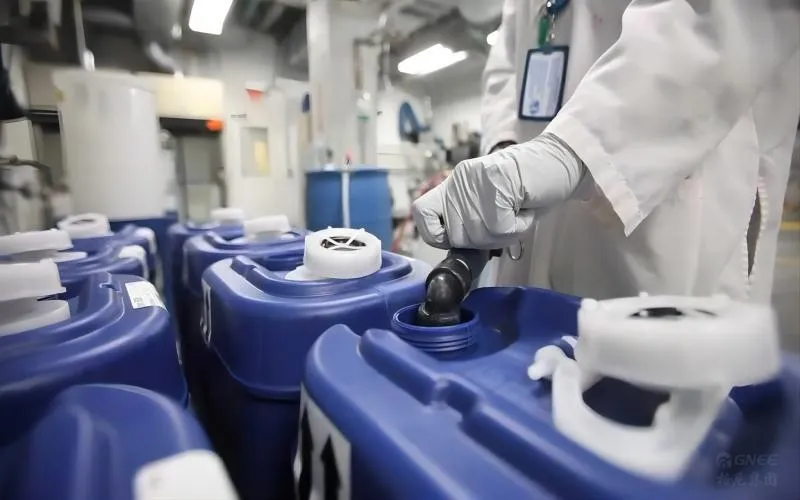
Electrochemical Polishing
Increased surface reflective characteristics of stainless steel tubes, improved corrosion resistance, decreased surface hardness of processed parts, and decreased coefficient of friction are all benefits of electrochemical polishing treatment.
Electrochemical polishing, as opposed to mechanical polishing, produces a passivated surface and enhances the material’s corrosion resistance, which cannot be accomplished with mechanical processing. Second, there are specific substrate requirements for electrochemical polishing. For example, deeper scratches cannot be polished flat, and an uneven microstructure would result in an uneven polishing surface. On the other hand, mechanical polishing places less demands on the substrate.
Using electrochemical polishing makes it simpler to treat pieces with intricate shapes. Additionally, more effective than mechanical polishing, electrochemical polishing requires caution when using large workpieces. To ensure that the polished surface’s brightness is consistent, the current density on the workpiece’s surface during electrochemical polishing must be homogeneous. The fixture and the workpiece must make good contact with each other due to the high current of electrochemical polishing; otherwise, it is easy to cause localized overheating of the workpiece and burnout.
It should be noted that because martensitic stainless steel is more susceptible to corrosion, several polishing techniques used on austenitic stainless steel cannot be utilized on it.
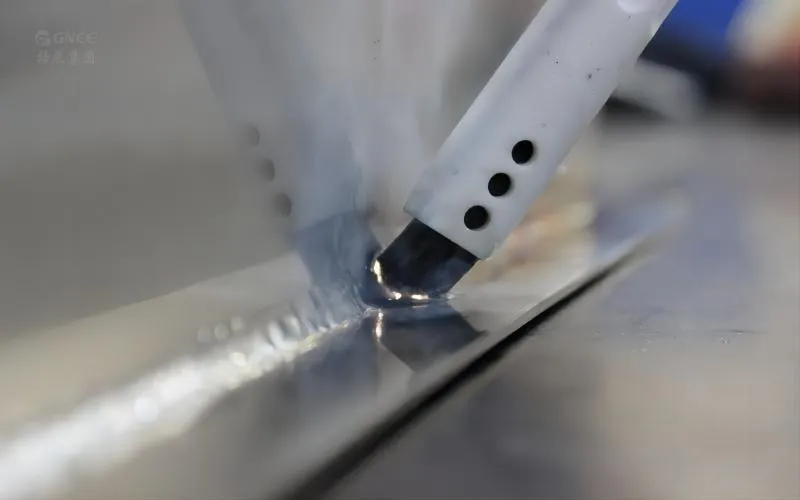
Conclusion
If you truly want your products to gleam and be so clear that you can nearly see the reflection, polishing is a critical step. It’s simple to take the easy route and simply give food and kitchen items a quick polish with olive oil or something comparable and call it good. Unfortunately, this approach won’t work forever and won’t remove scratches. Even though polishing takes a lot of time, it is the only way to fix a surface and provide a stunning, long-lasting mirror finish.


